Before Class with PreTeXt
As a student, I was frequently guilty of using math textbooks exclusively in order to complete homework problems. If I didn’t immediately know how to complete an assigned problem with what I’d learned in class, then I’d try to read the section and look for examples or theorems or other clues. If I still didn’t know what to do, I would sometimes search in other textbooks I had access to, and I always thought I had hit the jackpot when my textbook’s homework problem was another textbook’s theorem, presented with proof. (Not so very different from today’s students asking Google or ChatGPT.) All of my learning took place in two periods of time: during class and after class.
I definitely could have been a better student than I was, but I also think I had a rational response to the materials and pedagogies used in my classes. Textbooks often seem to be written as a reference, or for someone who picks up new things easily by reading, or as a source of theorems, examples, and homework problems for instructors who understand the material already. Textbooks are also often expensive, and if they are used by students primarily as the source of the required homework problems in a course, then many students decide the textbooks are not worth the cost and instead opt to borrow from a friend or hope to find a free pdf, even if it’s a couple of editions old and the homework problems may have changed or been renumbered. I noticed this affecting my students’ learning and their grades, and publishers took notice, too: the major traditional math textbook publishers started selling electronic homework with an electronic version of the book locked-down to the publisher’s platform and with only temporary access by students, while still charging a considerable amount for the combination.
While searching for a way to improve that situation and other aspects of my teaching, I happened upon Active Calculus. Active Calculus was a revelation to me, not just because it is high quality and free, but because it is meant to be read and interacted with by students: knowls and cross-references to previous material can be opened and previewed while reading, images can be enlarged and examined more closely, and interactive applets can be opened. Moreover, there are problems for students to attempt to work through before class, during class, and after-class.
Tien’s post talked about how PreTeXt supports various in-class activities, and now I want to focus on how PreTeXt books support student learning before class. I have heard many professors - in all disciplines not just math - fret about students coming unprepared to class, with the reading undone and the videos unwatched (or “watched” at 2x speed and largely unengaged with). Some professors are reluctant to adopt active learning pedagogies because they are worried that students will not do pre-class work and thus will be unable to get much of anything out of the in-class period. With many textbooks and course materials, this is a very reasonable concern on the professors’ part, and very understandable time management skills and cost-benefit analysis on the students’ part: if students feel like they’re not going to understand the material anyway and there’s no evidence produced of their effort, then why should they spend their time on it?
PreTeXt books, perhaps especially in conjunction with the Runestone platform, have a solution for this. Books can be written with integrated Reading Questions that ask students to respond to questions based on the reading they have done. Professors can learn from the responses to the questions what the common points of confusion or emphasis are and adapt their instruction accordingly, and they can also give a reward or incentive for the students’ time and effort.
For some concepts or techniques which have a right or wrong answer, auto-checkable questions including multiple choice, matching, Parson’s Problems, and more can be included. These types of questions are especially great as part of pre-class work because students can submit an attempt, get feedback based on their submission, and then try again, thereby identifying - and quite possibly also resolving - a confusion they might have had.
Active Calculus was written with static Preview Problems for students to do on paper before class, and different professors have developed various ways to electronically collect student work on those problems, including WeBWorK, MyOpenMath, Desmos activities, Google Forms, and probably others. The alternate version of Active Calculus has interactive preview problems powered by WeBWorK integrated into every section of the textbook, and it has a different Chapter 8, which will likely become the standard Chapter 8 at some point in the not-so-distant future. Understanding Linear Algebra has static preview activities, and Discrete Mathematics: An Open Introduction has both static Investigate! questions and interactive auto-checkable Preview Activities.
A common thread with all of the pre-class question types I’ve described is that there is a record produced from students’ efforts to understand, and when there is a record then it is easier to incentivize and reward the behavior we would like to see: students coming to class prepared and ready to learn. Many PreTeXt books, including Discrete Mathematics: An Open Introduction and the alternate version of Active Calculus, are hosted on Runestone so that instructors who wish to assign grades for students completing their preview problems in this way may do so. In addition, as part of the NSF-funded PROTEUS grant, there is work currently being done with Active Calculus and three other PreTeXt books focusing on writing different pre-class questions in various formats and on what students and instructors can learn from those questions.
In summary, PreTeXt and related technologies change the calculus (pun intended) on pre-class work, resulting in greater student learning and engagement and also more fruitful and enjoyable class periods for students and instructors.

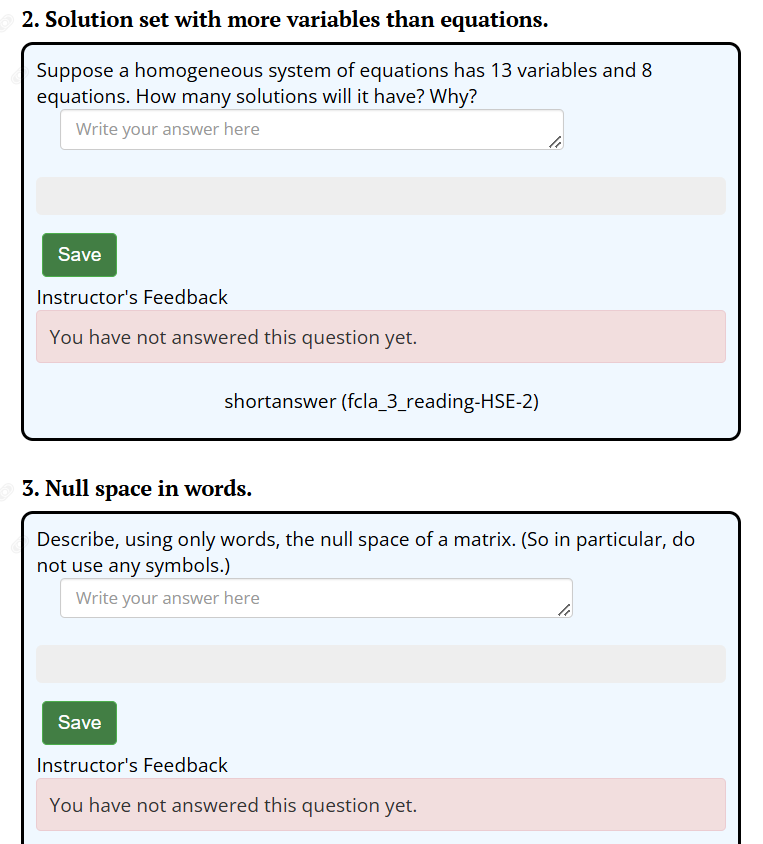
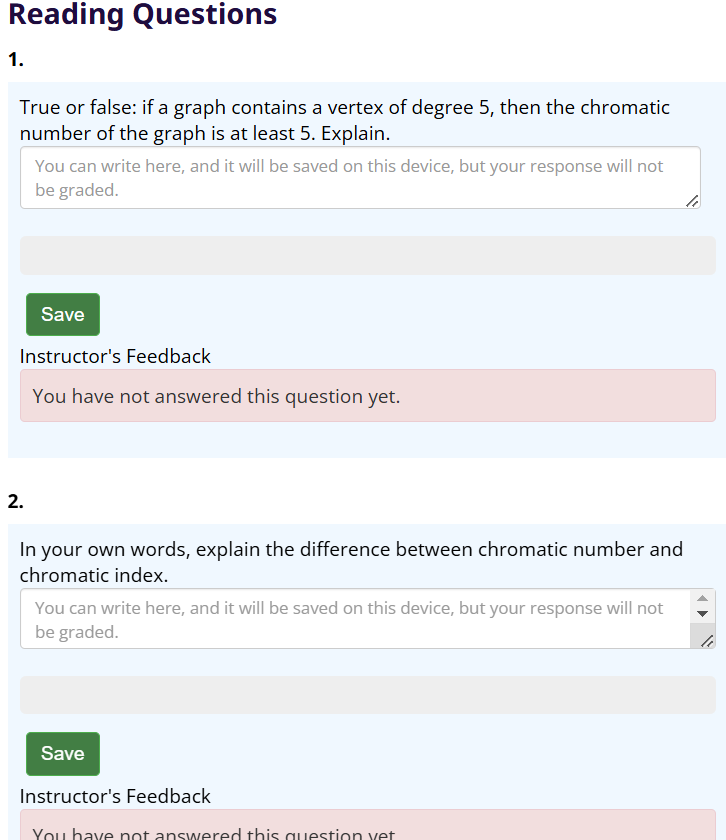
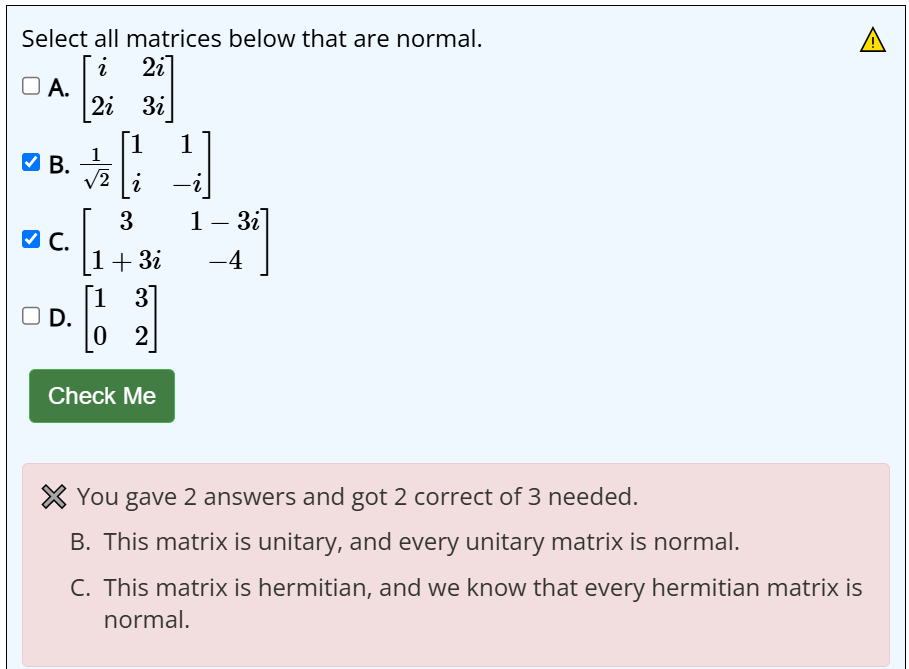
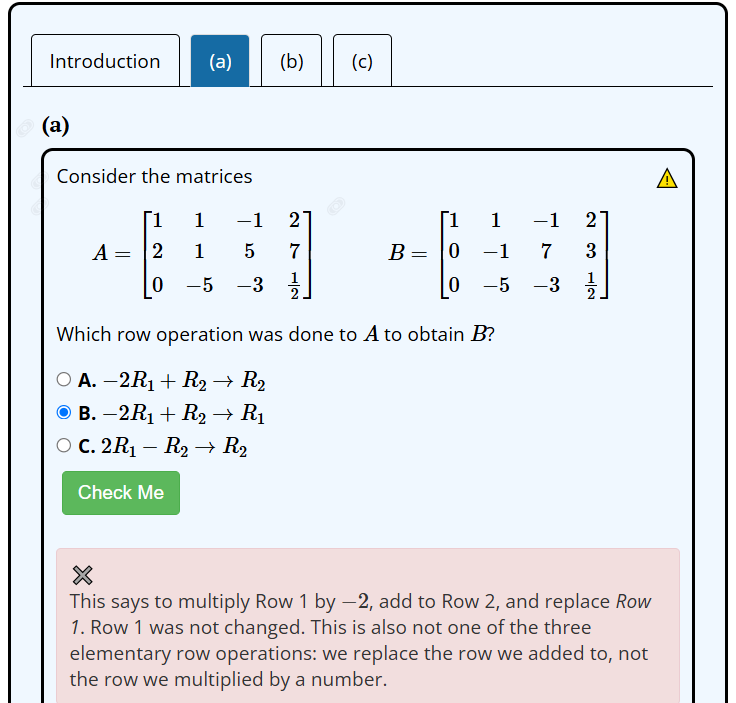
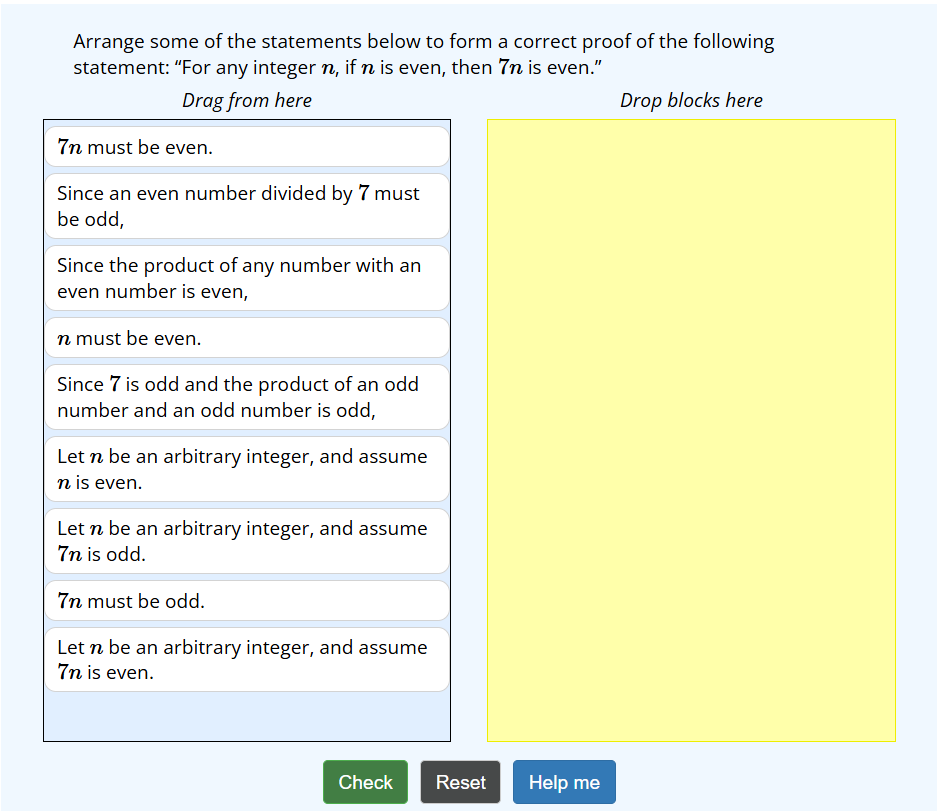
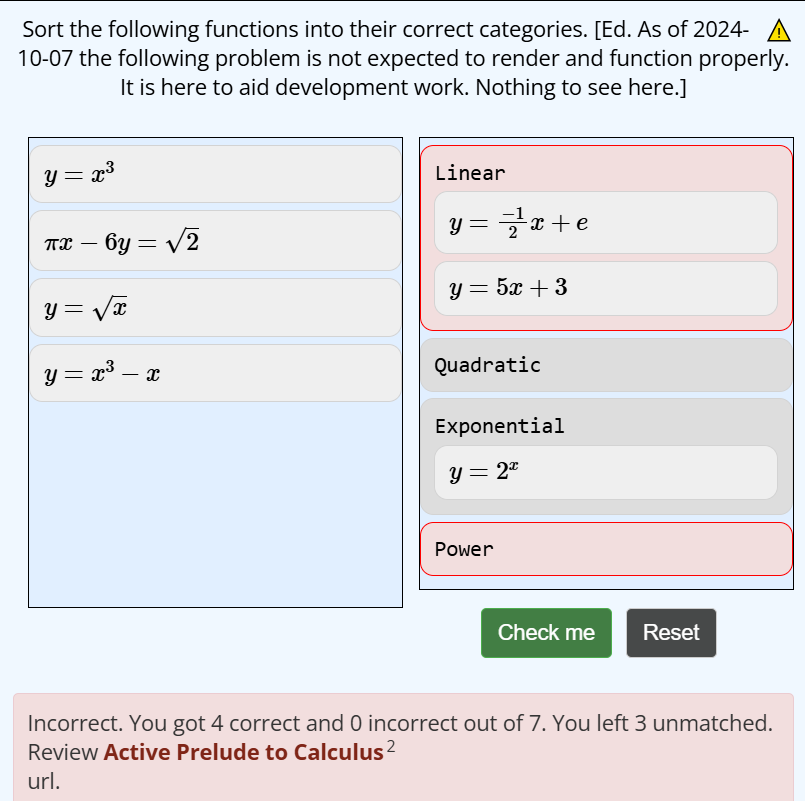
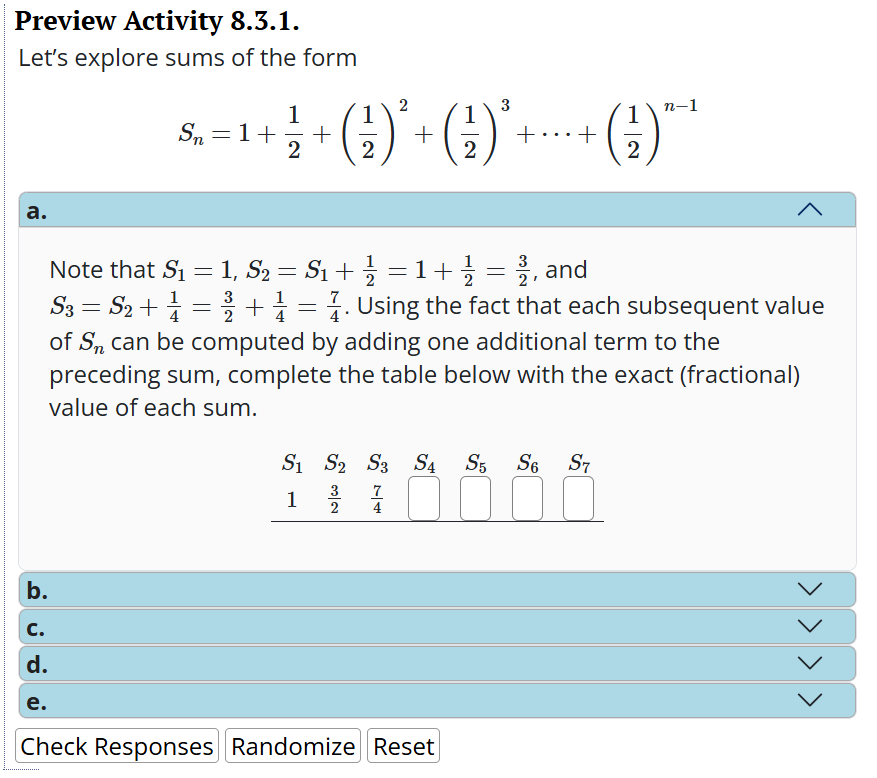
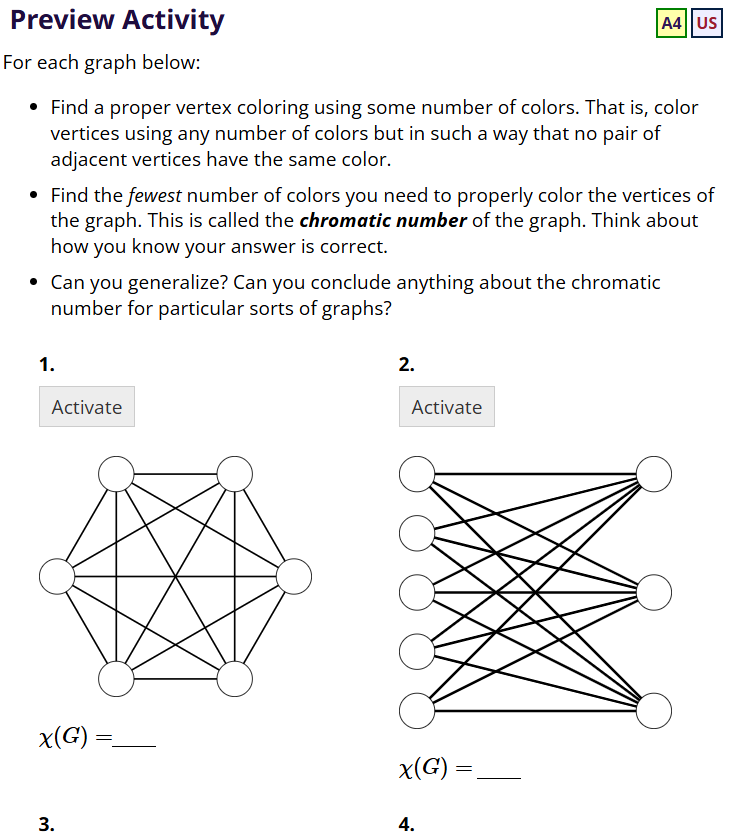
Comments